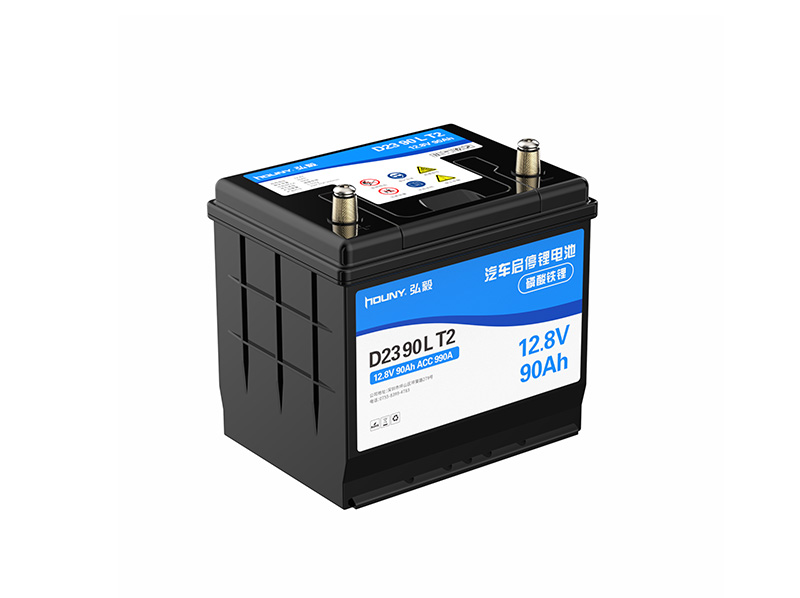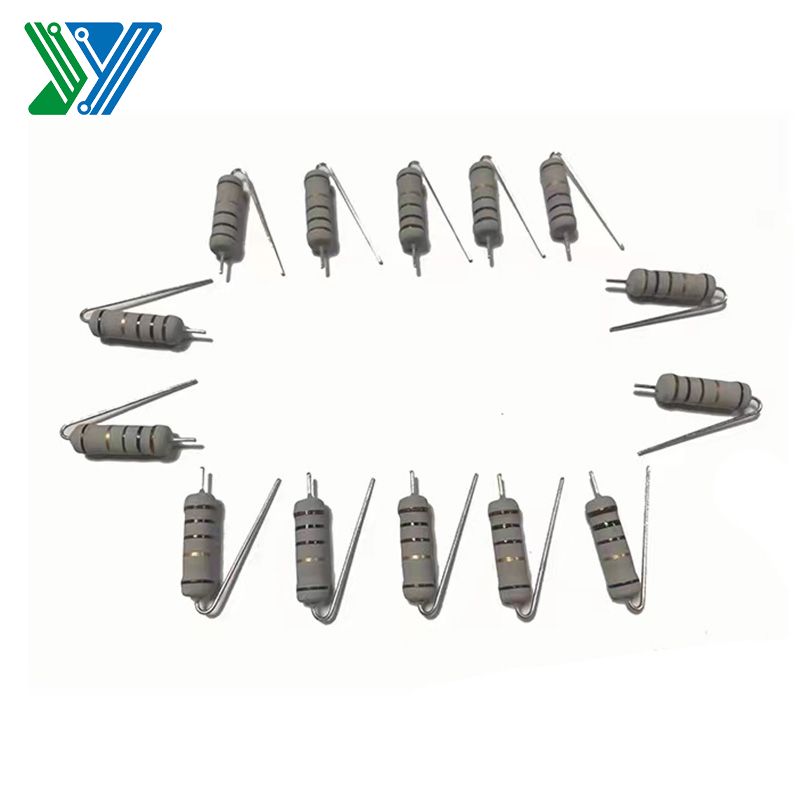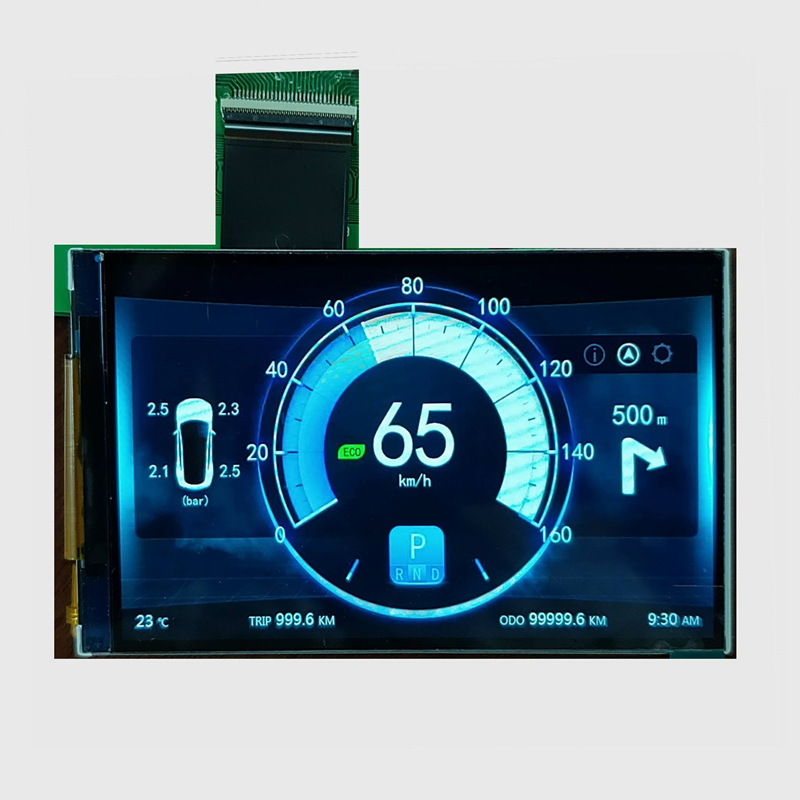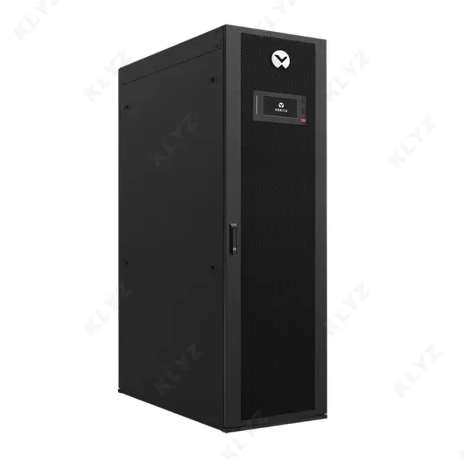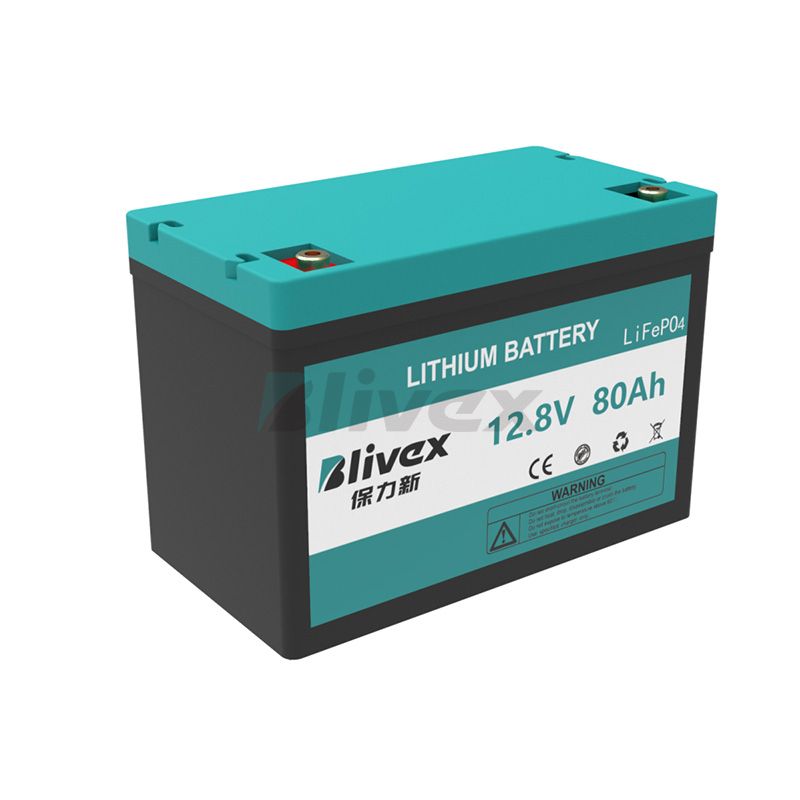Surge Arrester vs Lightning Arrester: Which One to Choose?
Different terms used for arresters are sometimes confusing even professional engineers and electricians use them interchangeably. Now let’s discuss all these arresters in details.
Table of Contents
What is a Surge Arrester?
What is a Lightning Arrester?
Main Differences between Surge Arrester and Lightning Arrester
Should You Use Surge Arresters or Lightning Arresters?
Surge Arrester
1. The surge arrester will be installed nearer to the equipment to be protected and the transmission tower line enter in to the substation point.
2. It protects against high voltage transient (example: lightning strike on the transmission conductor) typically, it is indirect protection of lightning strikes.
3. It should be installed each phase of the circuit. i.e if you have 2 parallel switch yard then you should install 6 number of surge arrester (first run 3 phase and second run 3 phase) .
Lightning arresters
1. The lighting arrester is doing the exact duty of surge arrester from outside of the conductor.
2. The lightning arrester does not have any contact with the power line conductor.
3.They will be installed in the transmission tower.
4. They are attached with the insulator or separately placed nearer to the conductor and the end terminal is connected with the ground.
What Is a Surge Arrester?
A surge arrester is a voltage limiting device installed in the panel of the installed equipment, which not only protects the insulation, equipment and machinery from lightning strikes, but also protects against transient voltages generated by switches, sparks, load shading and other electrical faults such as earth faults.
Typically, they are installed inside pad-mounted transformers, on household circuit breakers, on substations and pole-mounted riser poles. The standards for these arresters are defined by IEC standard 60099-4 and IEEE standard C62.11. Surge arresters have different types of application, from protecting homes to public substations.
Surge arrester participate inside of the power line. Which means the surge arrester will be installed in the transmission line, the total power system phase voltage is directly applied across the surge arrester.
Recommended article:10 Questions People Ask About LiFePO4 Power Stations
How does a liquid crystal display work?
What Does a CBB60 Capacitor Do?
Electronic Speed Controller (ESC): Unleashing the Power of Precision Control
What is a cable clamp used for?
Small Size, Big Impact: How Micro Camera Modules Are Changing Industries
What is the lead-acid battery?
What is a lightning arrester?
Due to lightning, voltage surges are generated in different ways. Circuits that are protected from lightning strokes with the help of specific equipment are called lightning arresters.
It is used to protect electrical systems by redirecting high voltage surges to ground. Although an earth or earth wire can also protect overhead lines and power systems from direct lightning strikes, it may not prevent the traveling waves from reaching terminally connected equipment and devices. For this reason, surge diverters or lightning arresters are used to protect the power system from surges generated by faults or lightning stokes.
Lightning arresters are installed at the peak height of structures, i.e. transmission poles, pylons and buildings, to provide a safe path for the discharge currents and voltages to earth caused by lightning strokes to protect the system from problems caused by lightning stokes.
Main Differences between Surge Arrester and Lightning Arrester
• Surge arrester installed inside the panel board while lightning arrester are installed outside.
• Surge arrester protects the installation from inside while lightning arrester protects the equipment from outside.
• Surge arrester protects the system from lightning, switching, electrical faults and other transients voltage and surges while lightning arrester are mainly used for lightning strikes and associated surges.
• Surge arrester intercepts the surges and send the extra unwanted energy to the ground wire while lightning arrester divert the energy flow to the ground through the arrester to the ground.
• Surge arrester can be used as a lighting arrester while lighting arrester can’t be used as a surge arrester.
Should you use a lightning arrester or a surge arrester?
Firstly, both tools can protect your home. However, it depends on what protection you need.
In short, the decision to choose one or the other varies depending on the type of protection you need. The aim of both is to protect your home. Because both tools tend to protect your home, either one of them should work effectively.
In most cases, homeowners can choose either one as protection. However, one should consider the particular aspect they are trying to protect. Rest assured that any one of these tools will provide the correct protection needed for the electrical appliances in your home.
With years of dedicated research and professional experience in domestic and foreign markets, SAA Grid Technology Co., Ltd. has pursued excellence and made continuous progress. We have become the backbone supplier of State Grid and China Southern Power Grid, as well as qualified suppliers and OEM/ODM manufacturers of Brazil Power Grid, South Africa Power Grid, and Switzerland ABB., Germany SIEMENS, American LAPP, HUBBELL and other internationally renowned power grid and power companies.
Multilayer PCB: Unraveling the Technological Marvel
How do you install eye bolts?
What are Aluminum PG Clamp used for?
Push Buttons & Signal Timing - PEDBIKESAFE
Explore Power Distribution Box Types and Functions
RF Cable Assembly: The Backbone of Seamless Communication
USB-C Cables: Empowering Connectivity and Efficiency
- 0








